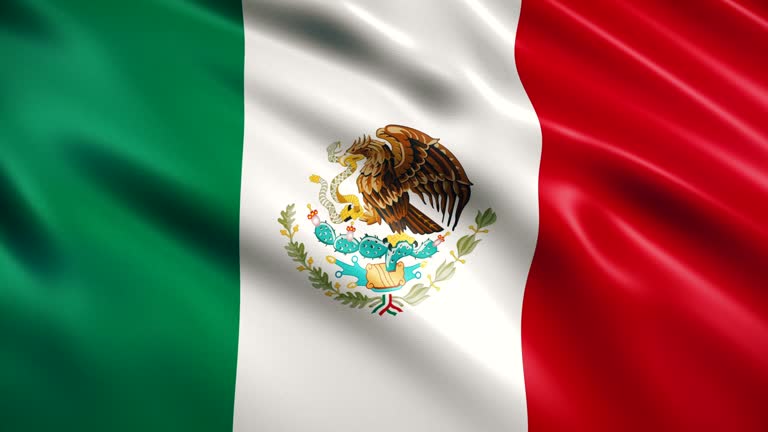A lot has changed in the Philippines' financial system. It used to need cash, but now it has a good way to pay online. InstaPay and PESONet are two big changes to the Philippines' payment systems that have made it possible to send money in real time and changed how people can get financial services. Digital wallets like GCash and Maya have made this change even bigger. Mobile wallets and bank transfers are now a normal part of life for millions of people.
Payment Rails in the Philippines: Foundation for Growth
Central to this shift is the National Retail Payments System (NRPS) initiated by the Bangko Sentral ng Pilipinas (BSP) in 2015. In this system, the two leading payment systems in the Philippines, InstaPay and PESONet, have distinct but interdependent functions:
- InstaPay allows individuals to make real-time digital payments in the Philippines. It is available 24/7 and can accommodate payments up to PHP 50,000. For P2P, e-commerce, and mobile wallet payments, it works best.
- PESONet, on the other hand, processes high-value, non-urgent transactions (typically PHP 250,000 and above) in batches, so it’s a great payment platform to use for payroll, business-to-business (B2B), and government payments.
They are both ACHs that collaborate to develop the digital rails for real-time transfers and scheduled settlement of bank payments in the Philippines.
Real-Time Transfers and Digital Wallets
Demand for real-time transfers also increased in the Philippines during the pandemic, when more people needed to make contactless transactions quickly. When respondents were asked to select one method, which were the most popular in this condition was mobile wallets:
- GCash is the largest e-wallet with around 94 million users. It offers all the financial tools you’d expect from a big bank, from the ability to pay bills, send money, invest and more. It is a super app for money at this point.
- Maya (formerly known as PayMaya) processed over PHP 1 trillion in 2024 and is the leading merchant acquirer for Visa in the country. The platform has its own wallet, banking features, and crypto options.
The two wallets leverage InstaPay and PESONet for convenient fund transfers. They also partner with banks and fintech apps. This ecosystem illustrates how mobile wallets and bank transfers are becoming increasingly linked in Philippine fintech.
Growth Metrics Highlighting Digital Adoption
Digital payments have quickly become popular in the Philippines:
The number and value of transactions in the first half of 2025:
- The total value of InstaPay and PESONet was PHP 11.1 trillion, which is 39% more than the year before.
- Through 1.52 billion transactions, InstaPay alone handled PHP 4.98 trillion, a 51.5% increase from the previous year.
- PESONet took care of PHP 6.15 trillion (+31.1% YoY).
The BSP said that by 2023, digital payments made up 52.8% of all retail transactions by volume and 55.3% of all transactions by value. This is an increase from 42.1% and 40.1%, respectively, in 2022. The BSP Digital Payments Roadmap's goal is to raise these numbers to 60–70% by 2028.
Also read: Stablecoin Payments in Croatia: Digital Dollars for the Tourism and Tech Sectors
How InstaPay and PESONet work in the Philippines
InstaPay follows the credit push model, where senders initiate payments and the funds go directly to the receiver’s account. It is useful for fast P2P transfers, merchant payment, and wallet top-up since when it comes into play, it does not take a break.
In PESONet, clearing happens per batch, so transfers are batch-processed in scheduled runs. This can take until the end of the same day or the next business day to clear, meaning it’s useful for B2B payments and payroll.
The BSP has further developed the QR PH standard to reduce the challenges associated with bank-wallet and bank-merchant collaboration by operating one QR code system. This simplifies payments to merchants (P2M) and peer-to-peer (P2P).
Cross-Border and Emerging Fintech Integration
Cross-border capabilities are expanding with, for example, the linkage of InstaPay with Singapore’s PayNow, which facilitates transfers between ASEAN nations.
Rural banks, which are typically excluded from the main system because it’s too expensive to connect them, can access through platforms like Higala, because we’re using Mojaloop, so they can easily connect onto the rails. These sorts of projects offer the hope of bridging the chasm with real-time digital payments in the Philippines, particularly in the countryside.
Expanding Global Payment Capability:
Domestic rails can be used for local transfers, but businesses and fintechs need global interoperability. Platforms like TransFi fill that void, providing a safe, legal way to transfer funds from crypto to fiat. This allows wallets, exchanges, and fintech companies to offer more payment methods worldwide. This aligns with BSP’s objective of linking real-time transfers in and out of the Philippines to regional and global transfer networks. This will result in cheaper money transfers and will benefit businesses that operate across borders.
Challenges & Opportunities in Philippine Fintech Infrastructure
Even though it has made progress, there are still problems:
- High cash preference: A lot of people still don't have bank accounts, and only 2% of people had credit cards in 2017.
- Cybersecurity and connectivity: As more people use digital technology, systems need to change to keep threats at bay and make sure that everyone can connect easily.
- Digital identity problems: It's still slow to onboard people without verified IDs. To fix this, the national digital ID system, PhilSys, needs to be put into use.
- High transaction costs: InstaPay fees can be too high for banks in rural areas and for people who are careful with their money.
There are still problems with cybersecurity, KYC (Know Your Customer) efficiency, and access to the internet that need to be fixed in the development of the Philippine fintech infrastructure.
Opportunities:
- Financial inclusion: Digital wallets now give people who didn't have bank accounts before a way to access money.
- E-commerce expansion: E-commerce is growing thanks to fast and easy online payments.
- Lower costs, faster settlements: Compared to traditional banking.
- Product innovation: Integrated payment solutions are making digital lending, microinsurance, and BNPL grow.
Also read: Stablecoin Payments in Bulgaria: How Tech Talent Is Getting Paid in USDC
Future Outlook:
With strong support from the BSP and a fintech ecosystem that is getting more mature, the Philippines is on its way to becoming a digital payment economy. It is very important to have regulatory foresight, make infrastructure better, and work together between the public and private sectors. Project Nexus is a regional effort to get payments to work together. This means that in the future, you will be able to send money in real time across borders with GCash, Maya, and other services.
Conclusion
The Philippines' payment rails ecosystem, which includes InstaPay and PESONet and works with GCash and Maya payments, is moving quickly towards digital finance. Thanks to strong rules and new fintech solutions like TransFi, the country is moving towards a payment system that is more connected, open, and efficient. There are still problems, like having to use cash and high transaction fees, but it's clear that the Philippines is moving towards real-time digital payments. This means that digital transactions will happen all the time instead of just sometimes.
FAQs
- What is the difference between PESONet and InstaPay?
InstaPay processes real-time, low-value transfers 24/7, while PESONet only processes larger-value transactions in scheduled batches.
- How do GCash and Maya integrate with payment rails?
Users can fund or withdraw from their bank accounts using both wallets. InstaPay is used for quick transfers, and PESONet is used for non-urgent, high-value transfers.
- Do rural banks have access to InstaPay and PESONet?
Yes, rural banks are now joining the ecosystem at lower costs thanks to new platforms like Higala and open-source frameworks.
- What are the typical transfer limits for InstaPay and PESONet?
InstaPay lets you send up to PHP 50,000 at a time, while PESONet lets you send PHP 250,000 or more, depending on the bank.
- How is the BSP supporting digital payments?
The Digital Payments Transformation Roadmap, the QR PH standard, and regional interoperability projects like Nexus are all examples of this.
Table of Contents
Suggested Article
Explore our products

Make global payments at the speed of a click

Accept payments, remove borders.

Unlock Seamless Digital Currency Transactions Anywhere







.png)














